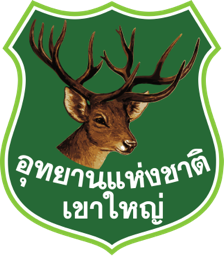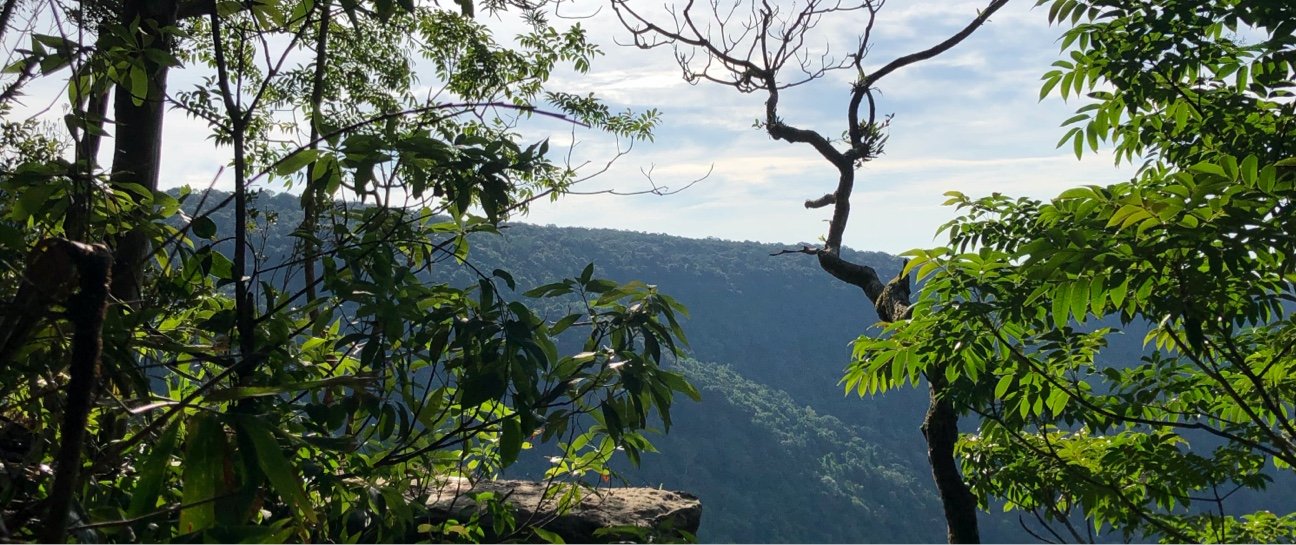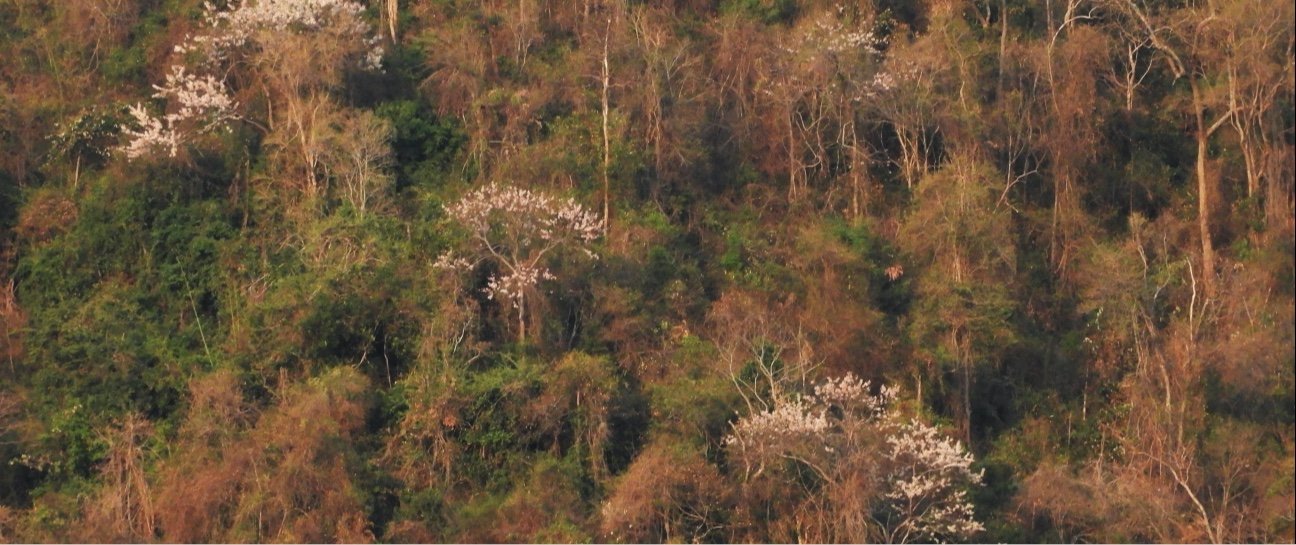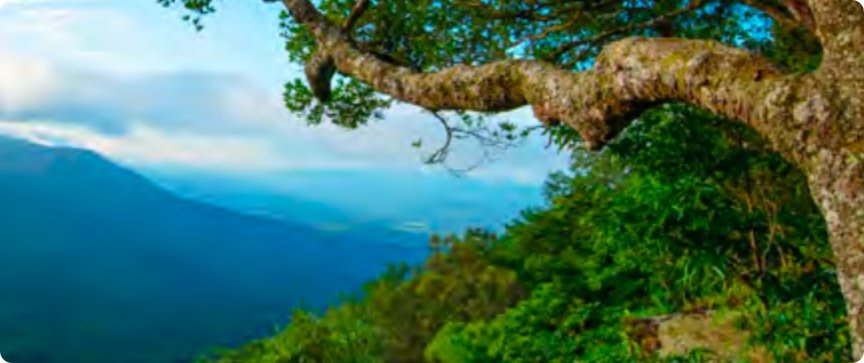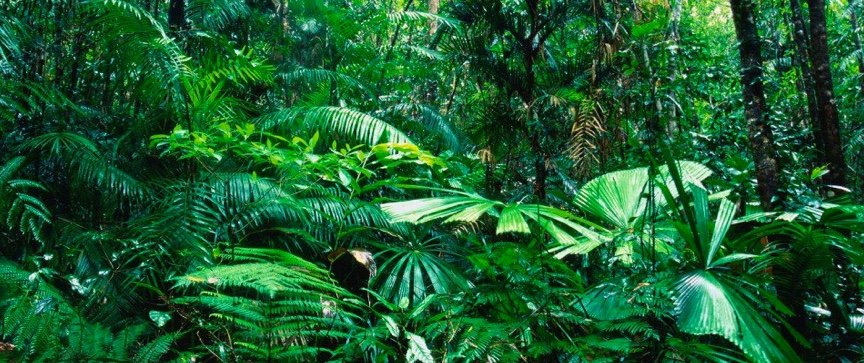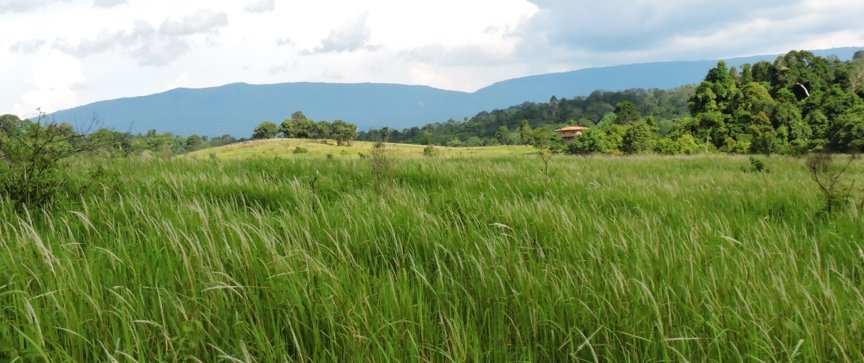Forests in the Khao Yai National Park
Forests in Khao Yai National Park cover an area of about 2,206 sq km, on a line of mountains at the edge of the Northeastern Plateau. This has made Khao Yai a critical watershed, receiving rain from both Andaman and South China Sea monsoon winds. Most of the forest area in Khao Yai consists of expansive grasslands or primary rainforest comprising Dry Evergreen Forest, Mixed Deciduous Forest, Montane Rain Forest, Tropical Rain Forest and Secondary Forest, each of which is the habitat for a diverse flora and fauna.
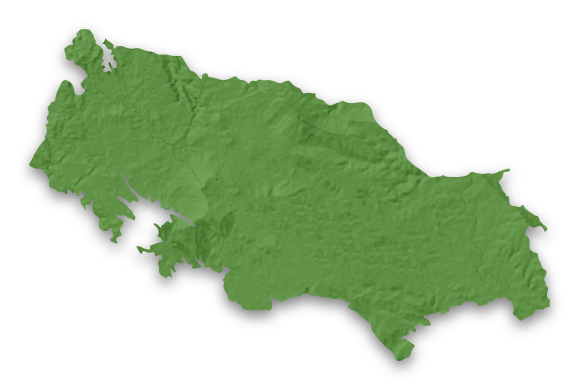
Dry Evergreen Forest
840,000 rai (1,351.66 sq. km)
Mixed Deciduous Forest
287,000 rai (459.84 sq. km)
Lower Montane Rain Forest
111,187 rai (177.89 sq. km)
Tropical Rain Forest
59,000 rai (94.88 sq. km)
Grassland
51,835 rai (82.93 sq. km)
